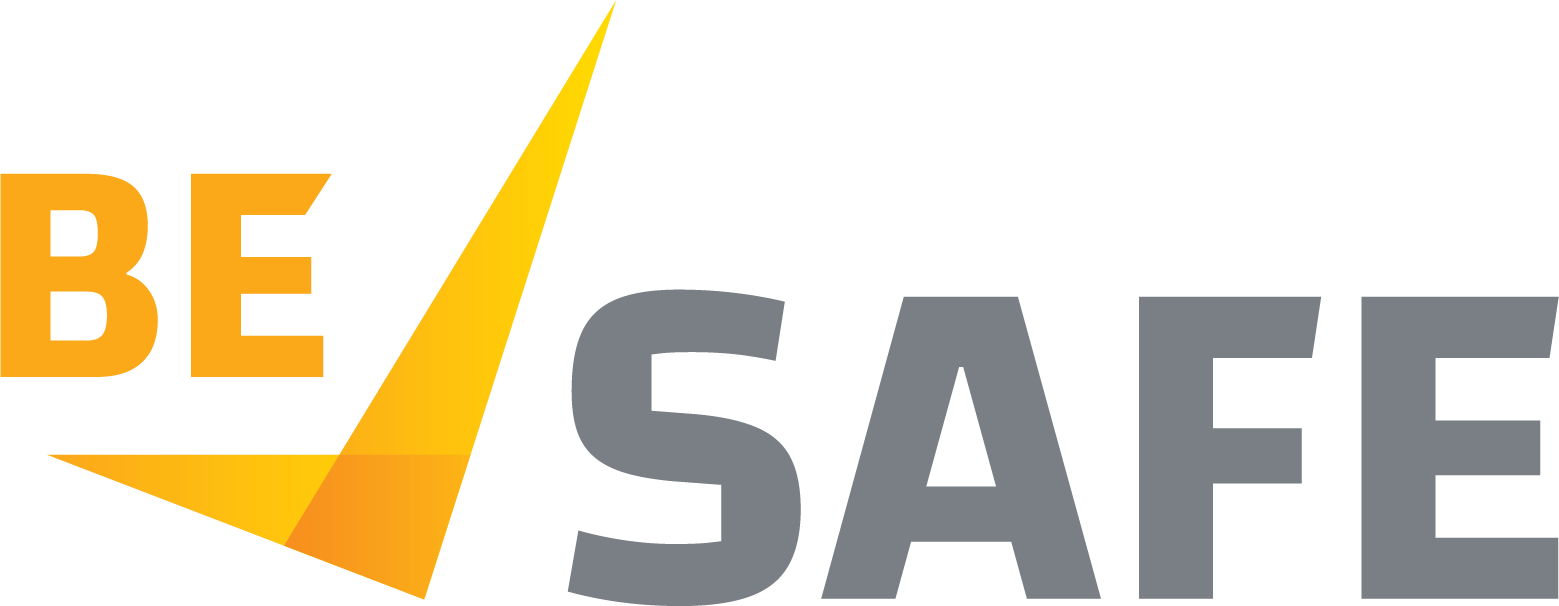Heatwaves as a work hazard.
When there is a heatwave, it can introduce temperatures which are a new hazard not normally experienced in a workplace. As always, the employer must eliminate or minimise risks as far as reasonably practicable. That means that when conditions change, it’s time to do a risk assessment and put new controls in place.
There is no single ‘stop work’ temperature. Various factors need to be taken into account which include humidity, air flow and the type of work being performed.
Heatwave conditions create a work-related risk in the form of heat stress and fatigue. But there are various ways to control the risk. Things to consider may include:
- working in the cooler part of the day
- moving work to a different location
- limiting tasks which require higher physical effort during the hotter period
- changing work expectations and allowing workers to self-pace their work
- ensuring access to cool water - and rehydration electrolytes if required
- providing shade
- air conditioning or fans if possible
- ensuring workers are not working in isolation
- ensuring supervision is in place
- taking into account more vulnerable workers - for example those who may be young, pregnant, suffer an illness, etc
- training workers to ensure they understand the risk and how to recognise symptoms
- ensure first aid and medical assistance is available
Remember that the risk posed by heat is not just limited to outdoor workers. Indoor workers can be exposed to unsafe working conditions too - including high temperatures, thermal radiation and humidity.
As with all hazards - when considering what control to put in place, the usual hierarchy of control should be used – with elimination being considered first. If this can’t be done, then consider substitution, followed by isolation/ engineering controls, then administrative controls and finally PPE as the last option.
As always, the effectiveness of the controls should be monitored and reviewed.
Health and Safety Representatives (HSRs)s can be proactive in this area by consulting with the employer and attempting to resolve the risk. If there is an immediate risk to health and safety, then they can direct a cease work.
HSRs play an important role in ensuring a safe workplace – and this includes during heatwave conditions.




